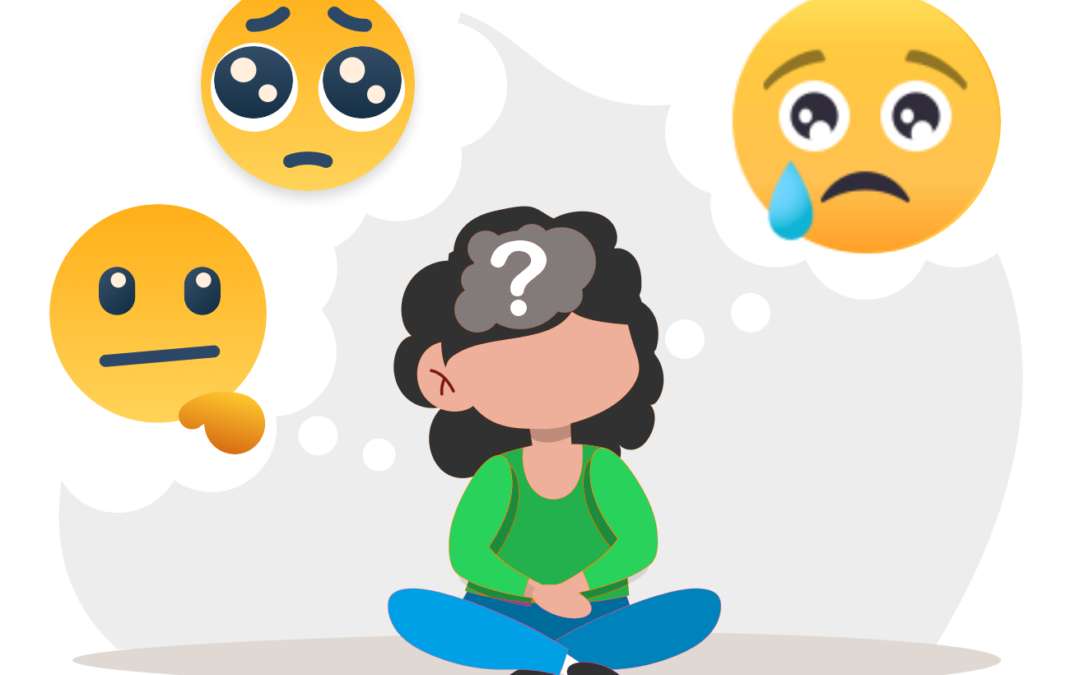What is self-harm?
Self-harm is when a person intentionally hurt themselves with no intention of taking their own life.
It is done when someone is dealing with a very stressful situation or agonizing memories…the cost common places where people harm in their bodies is forearms and thighs.
Self-harm is often associated with underlying mental health issues such as depression, anxiety, borderline personality disorder, or a history of trauma.
It is essential to understand that self-harm is not a healthy or effective way to deal with emotional difficulties, and it can lead to severe physical and emotional consequences.
Why do people self-harm?
People engage in self-harm for various reasons, and it’s essential to understand that this behavior is a coping mechanism, albeit a harmful one, for dealing with overwhelming emotions or difficult situations. Some common reasons people engage in self-harm include:
- Mental health disorders. This may include bipolar disorders, eating disorders, anxiety
disorders depression among others. - Drug and substance abuse.
- A way dealing with extreme emotional and psychological distress.
- An Escape from emotional trauma. Focusing on physical pain makes them forget the trauma.
- A form of punishment for feeling a certain way or experiencing something.
- A way to stop feeling numb and empty all the time
Who is most likely to harm themselves? - Teenagers and young adults
- People battling childhood trauma
- People suffering from mental health disorders
What are the forms of self-harm?
- Cutting. This can be done using any sharp objects such as; needles, pieces of glasses, knives
and razor blades - Burning. This involves burning the skin using anything hot or any chemical that can cause
burns on the skin like acids - Scratching. Some people use their nails to scratch on their skin causing injuries
- Hitting. This can be done by taking a solid object and hitting yourself with it or using your
body to hit a solid surface such as a wall - Putting objects under skin. These can be anything sharp
- Hair pulling: A condition known as trichotillomania involves repeatedly pulling out one’s hair, sometimes leading to noticeable hair loss.
- Head-banging: Individuals may engage in head-banging, hitting their heads against walls or other hard surfaces, which can lead to injuries.
- Pinching or scratching: Some individuals may pinch or scratch their skin to cause pain and discomfort.
- Ingesting harmful substances: Ingesting harmful substances, such as toxic chemicals, drugs, or other substances, can also be considered a form of self-harm.
- Interfering with wound healing: Some individuals may intentionally prevent their wounds from healing, such as reopening cuts or picking at scabs.
“It’s not whether you get knocked down. It’s whether you get up again. ”
VINCE LOMBARDI
How can you know a person is self-harming?
- They will have unexplained scars on their body mostly in a specific pattern
- They will have fresh injuries on their bodies every now and then
3… they will start wearing long sleeved shirts to cover the marks - They will have a hard time controlling their emotions
- They will start keeping sharp items around for no specific reason
- They will avoid places that need them to expose their arms or thighs
How can one distract them from self-harming? - Distraction. Go for a run, walk, paint or listen to your favorite music
- Do yoga. This will help you relax
- Do activities that will not cause harm to your body such as punching a pillow or soft surface
Love yourself—accept yourself—forgive yourself—and be good to yourself, because without you the rest of us are without a source of many wonderful things.”
LEO F. BUSCAGLIA
Self-harm complications
Self-harm can lead to various physical and psychological complications, some of which include:
- Infection: Open wounds created during self-harm can become infected, leading to localized or systemic infections. These infections can range from minor skin infections to more severe, potentially life-threatening conditions.
- Scarring: Repeated self-harming behaviors can result in significant scarring, which can be a lasting reminder of the emotional pain and distress experienced.
- Nerve damage: Nerves may be damaged during self-harm, leading to numbness, tingling, or loss of sensation in the affected areas.
- Tissue damage: Deep cuts or burns can damage underlying tissues, which may require medical treatment, including stitches or surgery.
- Blood loss: Excessive blood loss from self-harm can result in anemia, weakness, dizziness, and even shock, which can be life-threatening.
- Tetanus: Cuts or puncture wounds caused by self-harm can introduce bacteria that may cause tetanus, a potentially deadly bacterial infection.
- Psychological distress: Self-harm often occurs as a coping mechanism for emotional pain or stress. However, it can exacerbate the underlying issues, leading to increased psychological distress and a vicious cycle of self-harming behaviors.
- Addiction: Some individuals may become addicted to self-harming behaviors, making it challenging to stop without professional intervention.
- Social isolation: Self-harm can lead to social withdrawal and isolation, as individuals may feel ashamed or embarrassed about their actions.
- Relationship problems: Self-harm can strain relationships with friends and family who may struggle to understand or cope with the behavior.
- Suicidal thoughts and behaviors: Self-harm is a risk factor for suicidal thoughts and actions. People who engage in self-harm should be closely monitored for signs of increasing suicidal ideation.
It is essential for individuals who self-harm to seek help from mental health professionals, such as therapists, counselors, or psychiatrists, to address the underlying emotional issues and learn healthier coping mechanisms.
Friends and family can provide support, but professional assistance is often necessary to address the root causes of self-harming behaviors and to prevent complications.
If you or someone you know is self-harming, please reach out to a mental health professional or a crisis helpline immediately for guidance and support.
Conclusion
If you are hurting yourself or you know someone who is hurting themselves know/let them
know that it’s okay to ask for help. Do not shy away from telling someone reliable that you need
help. Self-harm offers a temporary solution and should not be used to escape whatever situation
you are going through. If you can’t afford therapy, these are some organizations that offer it for
free in Kenya
Befrienders Kenya – 0722 178177
Kenya red cross- 1199(Toll free line)
Kenya foundation-(254)0800723253
I wish you quick healing
Written by Margret Wairimu

